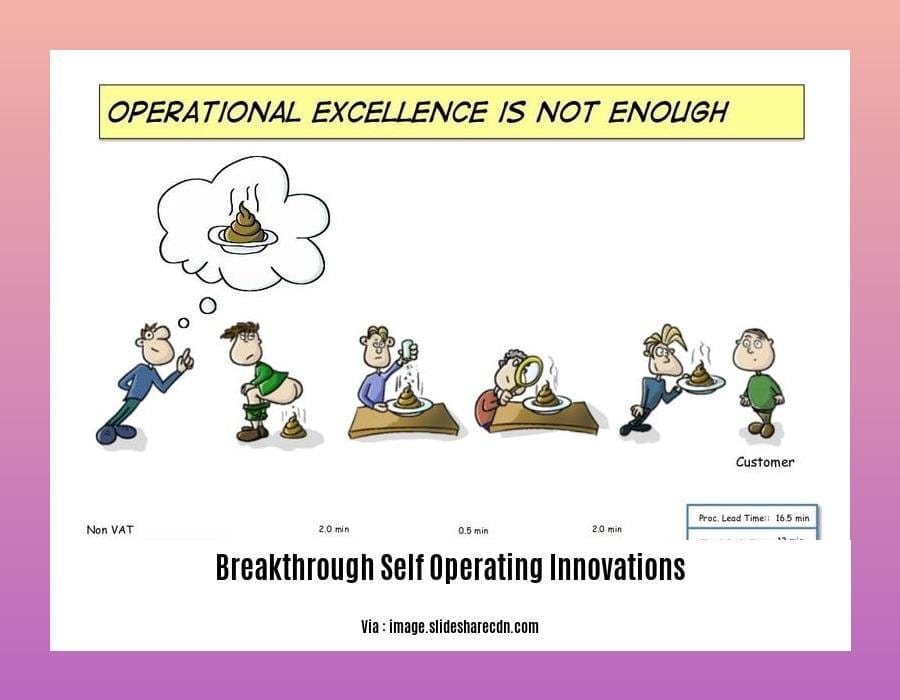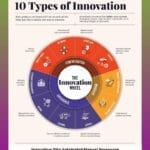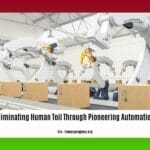Prepare to delve into the groundbreaking world of self-operating innovations in our special article, “Breakthrough Self-Operating Innovations: Transforming Industries and Society.” Here, we’ll explore the cutting-edge advancements in automation, AI, and robotics that are revolutionizing industries and reshaping society’s fabric. Join us as we unlock the secrets of these transformative technologies and unravel their impact on our world.
Key Takeaways:
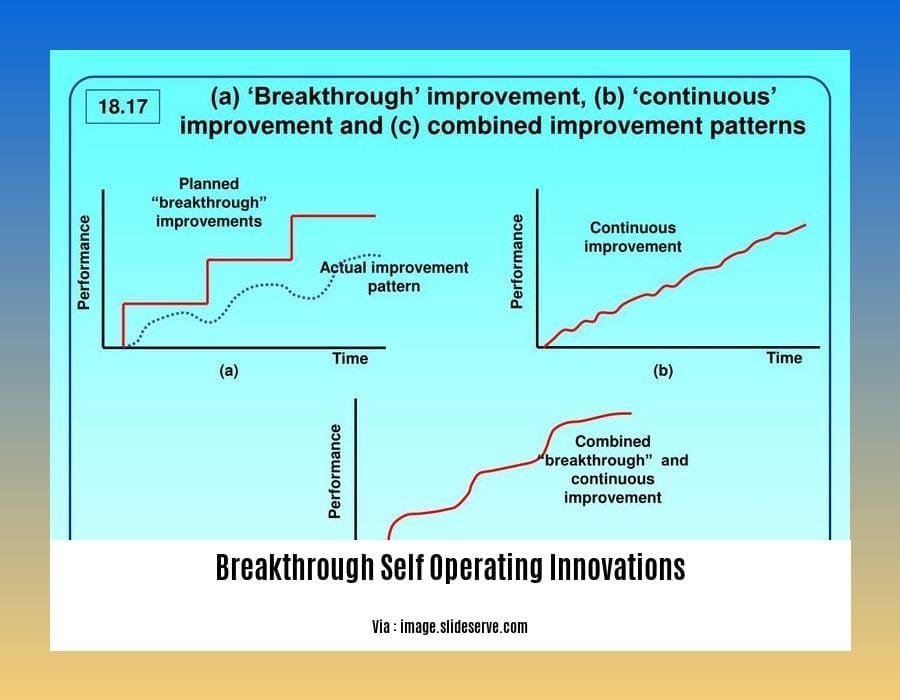
- Breakthrough innovations profoundly change industries and markets.
- They require exploration and exploitation phases.
- Characteristics include exploring unfamiliar territory, shifting search strategies, and building cumulative knowledge.
- Examples include electric vehicles and artificial intelligence.
- To create breakthrough innovations:
- Set ambitious goals.
- Explore novel ideas.
- Encourage collaboration and diversity.
- Embrace experimentation and risk-taking.
- Breakthrough innovation is challenging but highly impactful.
- It requires a systematic approach and a willingness to venture into the unknown.
Breakthrough Self-Operating Innovations
Autonomous Vehicles: Driving the Future of Transportation
Self-driving cars are no longer just a futuristic concept. They’re becoming a reality, promising to revolutionize transportation. With advanced sensors and AI algorithms, autonomous vehicles can navigate roads safely and efficiently, reducing accidents and traffic congestion.
Robot Process Automation (RPA): Enhancing Productivity and Accuracy
RPA bots are software robots that can automate repetitive, rule-based tasks. They can process invoices, send emails, and update databases, freeing up human employees for more complex and creative work. RPA improves productivity, reduces errors, and lowers operational costs.
Artificial Intelligence (AI)-Powered Predictive Maintenance: Preventing Equipment Failures
AI algorithms can analyze data from sensors to predict equipment failures before they occur. This allows maintenance teams to be proactive, scheduling repairs before breakdowns happen. Predictive maintenance minimizes downtime, maximizes asset utilization, and reduces maintenance costs.
Self-Healing Materials: Revolutionizing Durability
Scientists are developing materials that can repair themselves autonomously. These breakthrough self-operating innovations could extend the lifespan of infrastructure, such as bridges and roads, reduce maintenance costs, and enhance safety.
Smart Home Systems: Unlocking Comfort, Convenience, and Security
Smart home systems integrate various self-operating technologies to automate home functions. They can adjust lighting, control thermostats, and provide security alerts. Smart homes enhance comfort, convenience, and peace of mind.
Discover how these remarkable pioneers of autonomous systems and automation are revolutionizing industries by developing self-driving vehicles and robotic systems. Uncover the fascinating stories of the innovators who automated manual processes, transforming entire sectors through their groundbreaking work in machine learning and artificial intelligence. Explore the remarkable achievements of these visionaries as they eliminate human toil and streamline operations with their pioneering automation solutions.
Artificial Intelligence (AI)-Powered Predictive Maintenance
Key Takeaways:
- AI-powered predictive maintenance leverages data analysis and machine learning algorithms to forecast equipment failures and optimize maintenance schedules.
- This innovative approach minimizes downtime, reduces maintenance costs, and improves overall equipment effectiveness (OEE).
- AI-driven predictive maintenance solutions integrate with IoT sensors to collect real-time data on equipment performance, operating conditions, and environmental factors.
- Advanced analytics and machine learning algorithms analyze this data to identify patterns and anomalies that indicate potential failures.
- Predictive maintenance systems provide early warnings and actionable insights, enabling maintenance teams to take proactive measures and prevent costly breakdowns.
Benefits of AI-Powered Predictive Maintenance:
- Reduced downtime and increased productivity
- Optimized maintenance schedules and lower costs
- Enhanced equipment reliability and safety
- Improved planning and resource allocation
- Increased operational efficiency and profitability
How AI-Powered Predictive Maintenance Works:
- Data Collection: Sensors collect real-time data on equipment performance, operating conditions, and environmental factors.
- Data Analysis: Advanced analytics and machine learning algorithms analyze the collected data to identify patterns, trends, and anomalies.
- Failure Prediction: Machine learning models predict the likelihood and timing of potential equipment failures.
- Early Warnings: Predictive maintenance systems issue early warnings and provide actionable insights to maintenance teams.
- Proactive Maintenance: Maintenance teams can take proactive measures, such as scheduled maintenance or component replacement, to prevent failures and minimize downtime.
Case Study:
A manufacturing plant implemented an AI-powered predictive maintenance solution to monitor critical machinery. The system analyzed data from sensors installed on the equipment and identified a potential bearing failure weeks before it would have occurred. Proactive maintenance was performed, preventing a costly breakdown and saving the plant significant downtime and repair expenses.
Citation:
- McKinsey & Company:
Self-Healing Materials
Key Takeaways:
- Self-healing materials mimic the body’s ability to heal itself, detecting and repairing damage.
- They utilize external factors like heat and light, or self-healing polymers for repair.
- Self-healing polymers recover physically or chemically from damage.
- Self-restoring materials regain their original form and properties after external stress.
Self-healing materials offer numerous advantages:
- Extended lifespan: Self-repairing capabilities prolong the lifespan of materials, reducing maintenance costs and enhancing safety.
- Enhanced durability: These materials can withstand stress and damage without compromising their functionality.
- Reduced maintenance: Self-healing materials eliminate the need for frequent repairs and maintenance, saving time and resources.
- Improved safety: By self-repairing, these materials prevent structural failures and enhance safety in critical applications.
- Potential for innovation: Self-healing materials have the potential to revolutionize industries, leading to advancements in fields such as construction, medical devices, and aerospace.
Relevant URL Source:
Smart Home Systems
Our homes are getting smarter, thanks to self-operating innovations. Smart home systems integrate these technologies to automate home functions, providing comfort, convenience, and enhanced security.
Key Takeaways:
- Increased Comfort: Automated lighting, temperature control, and entertainment systems adapt to your preferences, creating a comfortable living environment.
- Enhanced Convenience: Voice assistants, remote control, and automated cleaning devices make daily tasks effortless, freeing up your time for what matters most.
- Improved Security: Smart security systems monitor your home, alert you to unusual activity, and deter potential threats.
- Energy Efficiency: Automated energy management systems optimize heating, cooling, and lighting to reduce energy consumption and save on utility bills.
- Personalization: Smart home systems learn your habits and preferences, providing a tailored and intuitive living experience.
Citation:
- StartUs Insights:
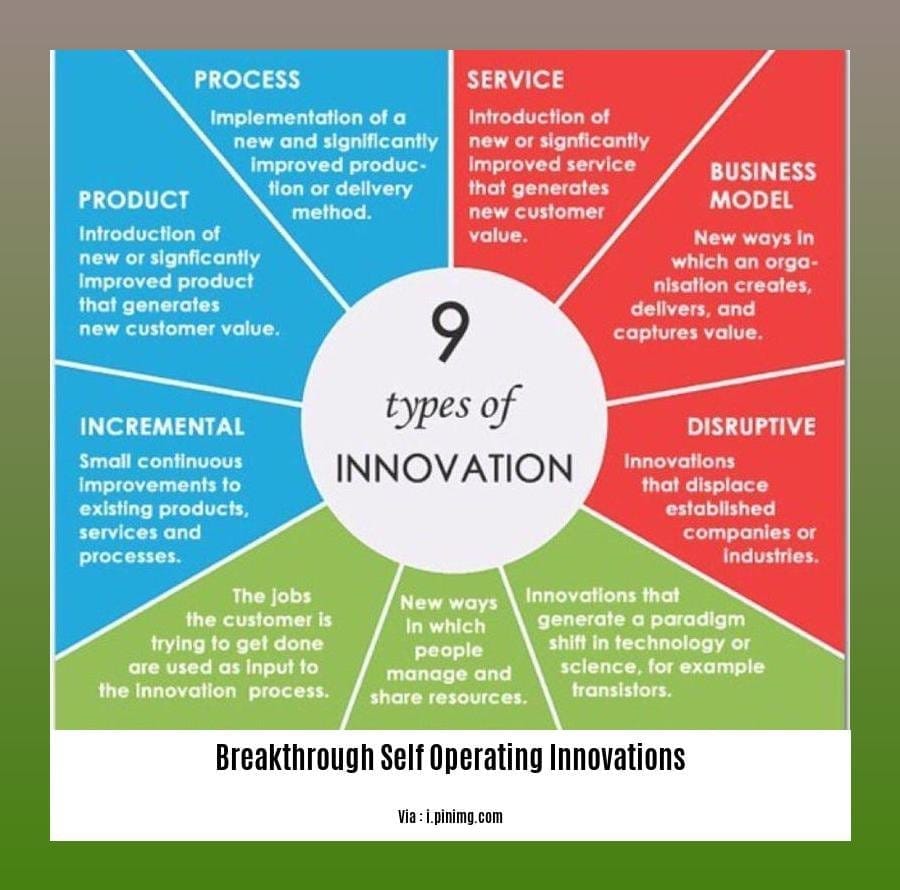
FAQ
Q1: What are key areas where AI is revolutionizing manufacturing?
Q2: How do self-healing materials mimic the human body’s ability to heal itself?
Q3: Explain the basic principles behind self-healing polymers.
Q4: What are the latest trends and innovations in smart home connectivity?
Q5: How do smart in-house security systems enhance home safety and protection?
- Crypto Quotes’ Red Flags: Avoid Costly Mistakes - June 30, 2025
- Unlock Inspirational Crypto Quotes: Future Predictions - June 30, 2025
- Famous Bitcoin Quotes: A Deep Dive into Crypto’s History - June 30, 2025
